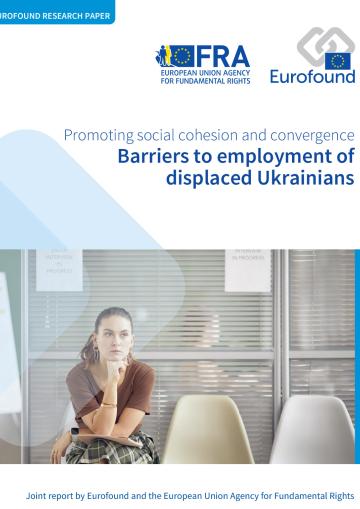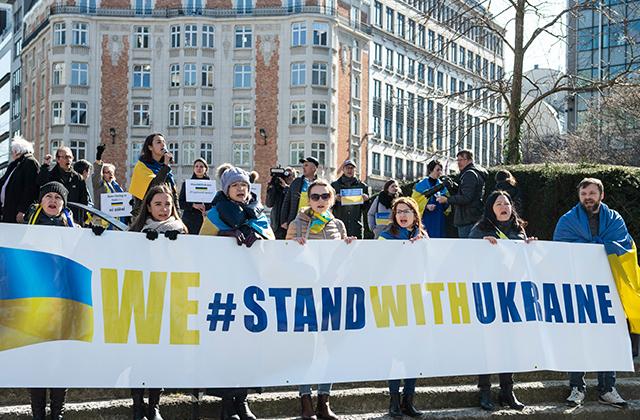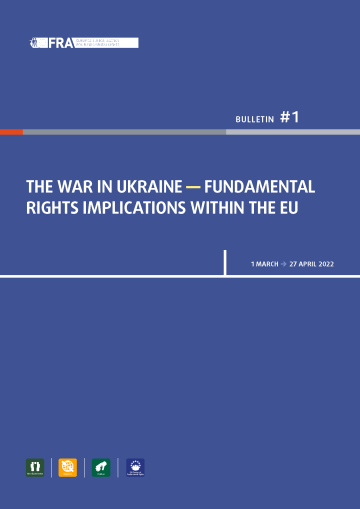On 24 February 2022, Russia launched unprovoked military aggression, invading Ukraine. The EU swiftly responded: sanctions against Russia were put in place, and extensive humanitarian, political, financial and military support was provided to people fleeing or remaining in Ukraine. Member States and local communities also engaged in aiding people displaced from Ukraine by welcoming more than 4.5 million people fleeing the invasion, the majority of whom had been registered under the Temporary Protection Directive (TPD) (Council Directive 2001/55/EC of 20 July 2001) by the Member States by April 2023 (UNHCR, undated). The TPD was activated by the EU two weeks after the invasion, on 4 March 2022; it allows all people displaced from Ukraine to settle in the EU. It provides rights to access housing, the labour market, medical assistance, education and social welfare assistance. Beneficiaries also have access to banking services and can move freely in EU countries for 90 days within a 180-day period.
These rights provided under the TPD should be implemented across the EU. To assess its implementation, the European Union Agency for Fundamental Rights (FRA) collected data through its Franet research network and published two bulletins, one in May 2022 (FRA, 2022a) and one in October 2022 (FRA, 2022b). Throughout 2022, Eurofound recorded in its EU PolicyWatch database the policy measures that Member States put in place to support Ukrainian refugees. Then in early 2023, the Agency collected information on the working life of displaced Ukrainians through its Network of Eurofound Correspondents.
In addition, FRA carried out an online survey between 22 August and 29 September 2022 among people displaced from Ukraine who, at that time, were staying in one of the selected 10 EU Member States. The survey covered those countries that share a land border with Ukraine (Hungary, Poland, Romania and Slovakia), that had received the highest absolute numbers of people displaced from Ukraine (Bulgaria, Czechia, Germany, Italy and Spain) or that had a large population of people displaced from Ukraine relative to their own total population (Estonia). The aim was to collect the views of displaced people on their experiences since they left Ukraine, in the areas covered by the TPD: reception in EU countries; access to work, education, housing and health; and crossing borders.
This paper is based on that FRA survey, focusing solely on experiences of accessing the labour market. The key question of this analysis is to what extent the objective of swiftly providing the right to access the EU labour market has so far been achieved. To explore this, the survey asked the following questions.
- What barriers in general did displaced people face when seeking a job?
- Among those who were not in work at the time of the survey, what barriers prevented them from securing a job?
This paper begins by presenting the EU policy context around the employment of displaced Ukrainians. An exploration of the evidence follows, describing the sample of the survey and analysing the survey data. Finally, the key findings and policy pointers are provided.





